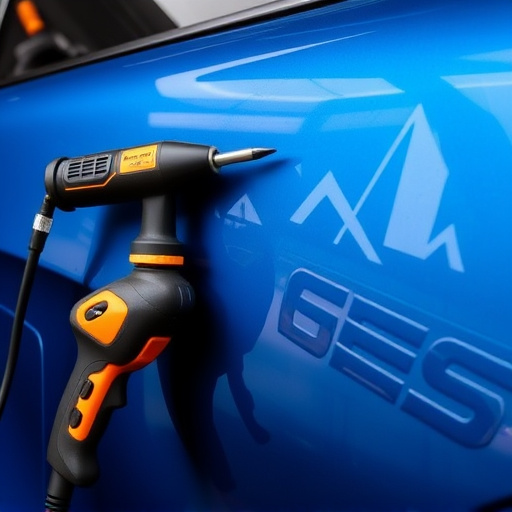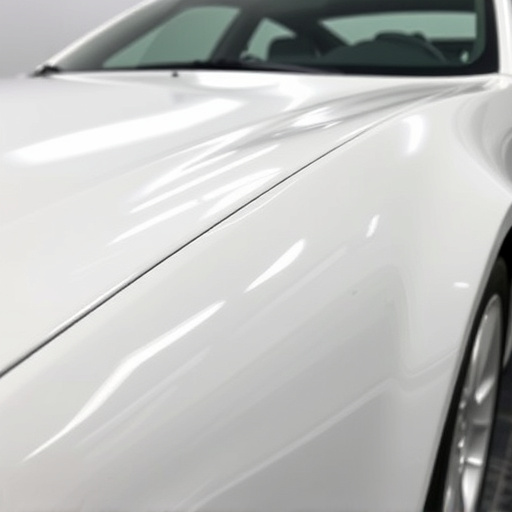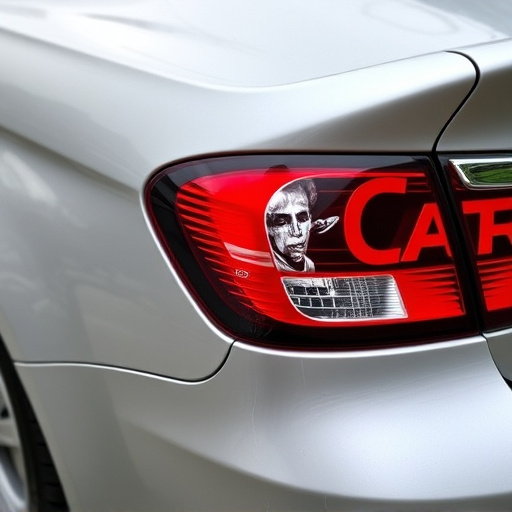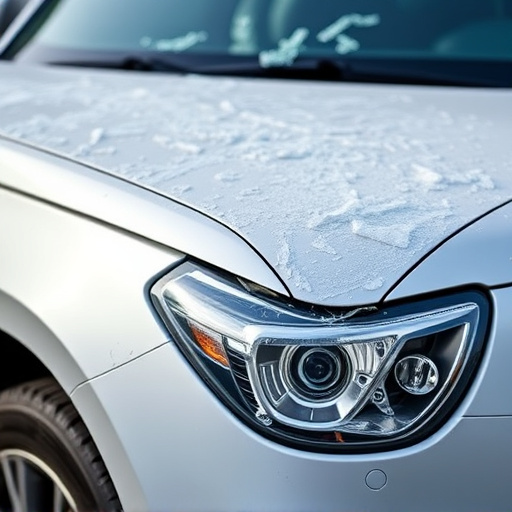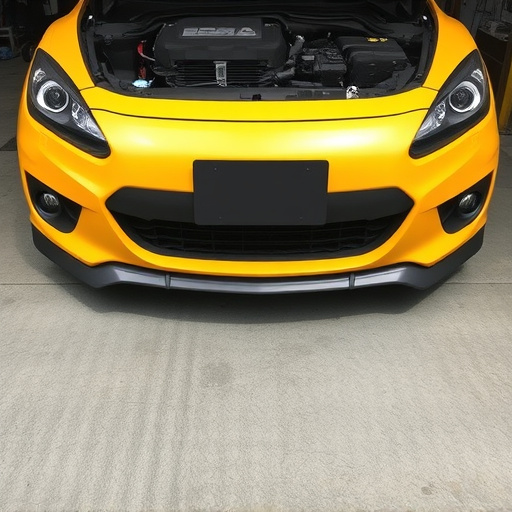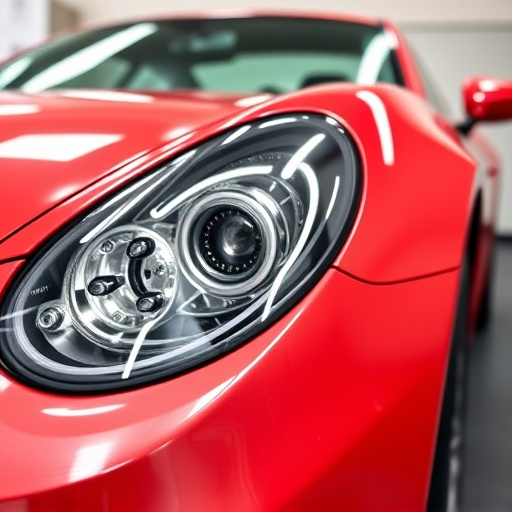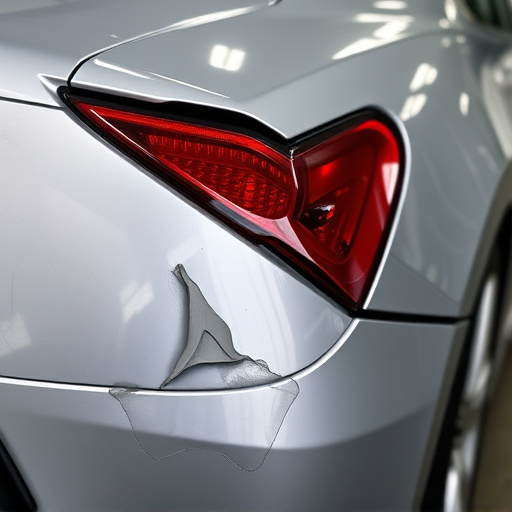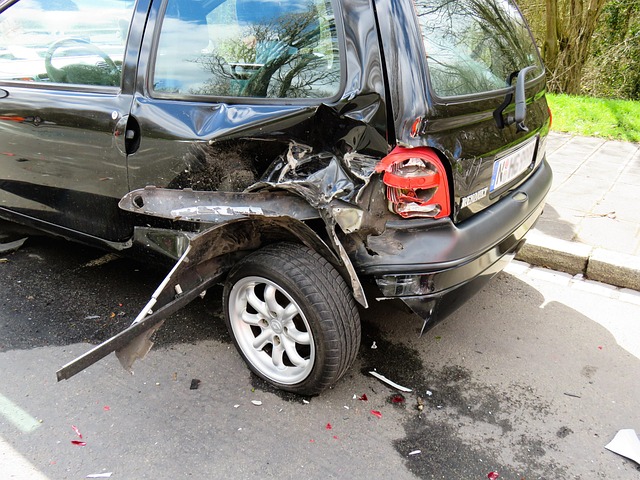Crash worthiness restoration is a critical, meticulous process that goes beyond surface repairs after an accident, focusing on reconnecting and optimizing a vehicle's structural integrity and safety features. Skilled technicians at specialized repair shops use advanced techniques and materials to thoroughly evaluate and address frames, panels, and safety systems, ensuring the restored vehicle meets or exceeds industry safety standards. This not only protects occupants in future collisions but also identifies and addresses hidden weaknesses that could lead to catastrophic failures. The ultimate goal is to provide a safe, reliable vehicle that performs optimally on the road.
In the event of a collision, crash worthiness restoration is vital for more than just aesthetic reasons. It’s a critical step ensuring your vehicle retains its structural integrity and safety features, protecting you and others on the road. This article delves into the significance of crash worthiness restoration, exploring how collision damage can affect a vehicle’s performance and the meticulous process involved in reversing those effects. By understanding these key aspects, drivers can make informed decisions to ensure their peace of mind behind the wheel.
- Understanding Crash Worthiness Restoration: The Foundation of Safety
- The Impact of Collision Damage on Vehicle Structure and Performance
- Restoring Crash Worthiness: A Step-by-Step Guide to Ensuring Safety and Peace of Mind
Understanding Crash Worthiness Restoration: The Foundation of Safety
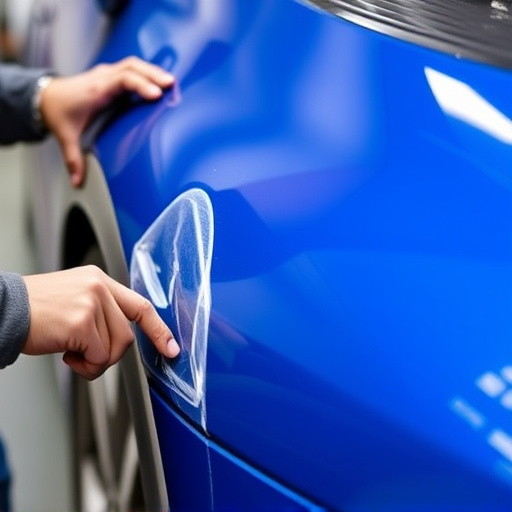
Crash worthiness restoration is more than just fixing a car’s external appearance; it’s the foundation of safety for any vehicle. It involves meticulous processes aimed at ensuring that a damaged car returns to its original structural integrity and safety standards. After a collision, even minor damage can compromise a vehicle’s stability and performance during future accidents. Restoring crash worthiness means thoroughly evaluating and reinforcing critical components like frames, panels, and safety systems, ensuring the car meets or exceeds industry-set safety benchmarks.
This meticulous process is crucial for several reasons. Firstly, it safeguards the occupants’ well-being in subsequent collisions. A properly restored car maintains its structural integrity, meaning airbags, seatbelts, and crumple zones function optimally. Secondly, crash worthiness restoration ensures that a damaged vehicle doesn’t develop hidden weaknesses over time. Without proper repairs, stress points might go unnoticed, leading to catastrophic failures under extreme conditions. Car repair shops, especially those specializing in classic car restoration, employ skilled technicians who understand these intricacies, using advanced techniques and materials to ensure every part of the car is safe and reliable after collision damage repair.
The Impact of Collision Damage on Vehicle Structure and Performance
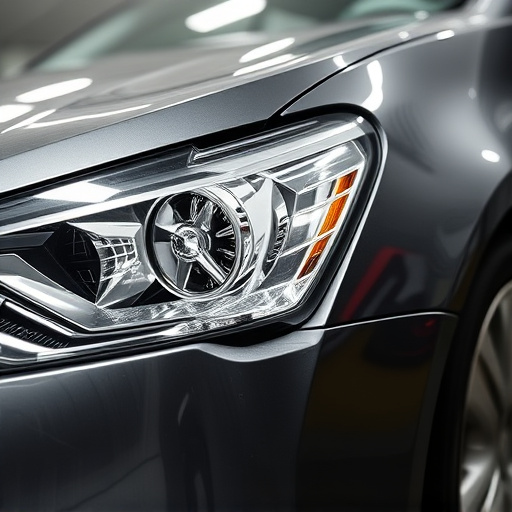
Collision damage can significantly affect a vehicle’s structural integrity and overall performance. When a car is involved in an accident, various components, from the frame to individual panels, can be damaged or distorted. This can lead to issues like reduced handling, altered ride quality, and even compromised safety features. For instance, a dented fender might not properly direct impact away from the vehicle’s body during future collisions, increasing the risk of more severe damage. Therefore, a comprehensive crash worthiness restoration is crucial to ensure that the vehicle returns to its original state, providing both enhanced safety and optimal performance.
While some minor car dent repairs might be manageable, complex collision damage often requires professional vehicle collision repair services. Skilled technicians utilize specialized equipment and techniques for car paint services and structural adjustments to restore the vehicle’s crash worthiness. This meticulous process involves patching, painting, realigning, and strengthening various parts, ensuring that the vehicle is not only visually appealing but also performs as intended on the road.
Restoring Crash Worthiness: A Step-by-Step Guide to Ensuring Safety and Peace of Mind
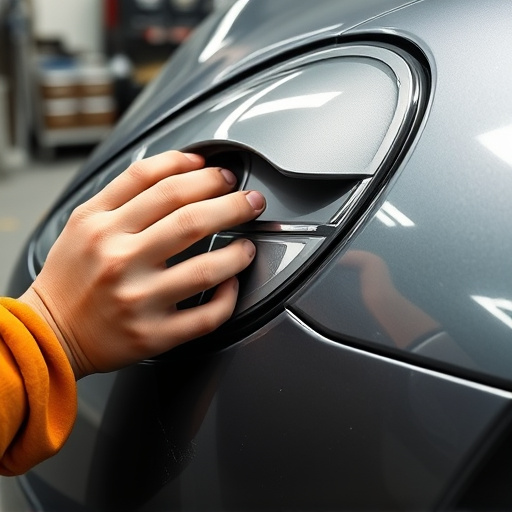
Restoring crash worthiness is a meticulous process that goes beyond mere cosmetic repairs. It involves a step-by-step approach to ensure the vehicle is safe and structurally sound, mirroring its pre-collision condition. The journey begins with a thorough inspection, identifying every impact point and assessing the severity of damage. This critical stage determines the extent of restoration required for each component, from frame straightening to panel replacement and paint job perfection.
Next, skilled technicians employ advanced tools and techniques tailored to various vehicle types and damage scenarios. Auto body services encompass everything from meticulous dent repair to collision repair, ensuring every detail aligns with original specifications. Safety is paramount, as these professionals meticulously follow best practices and industry standards to prevent further complications or vulnerabilities. Once complete, the vehicle undergoes rigorous testing and quality checks, confirming its crash worthiness and offering peace of mind for the road ahead.
Crash worthiness restoration is not just about aesthetics; it’s a vital safety measure. By meticulously restoring vehicles to their pre-collision integrity, we ensure not only optimal performance but also the well-being of future drivers and passengers. Following the detailed steps outlined in this guide, you can confidently reclaim your vehicle, knowing it meets the highest standards of crash worthiness and offers peace of mind on the road.
